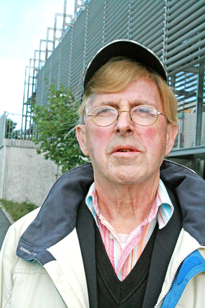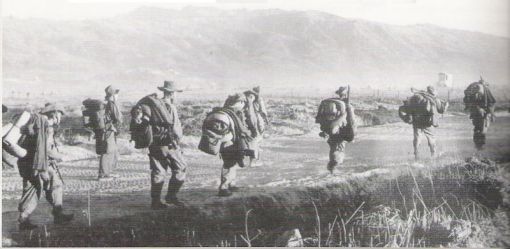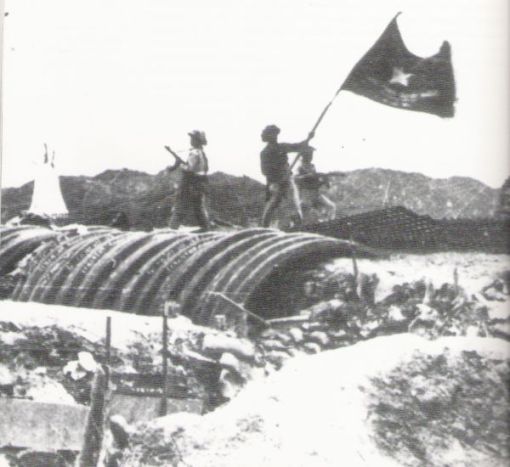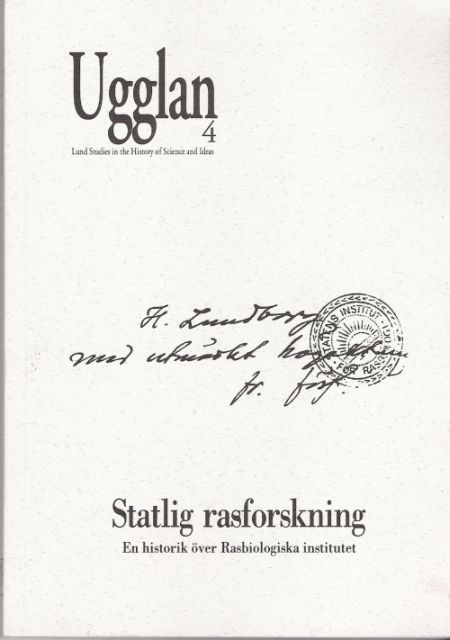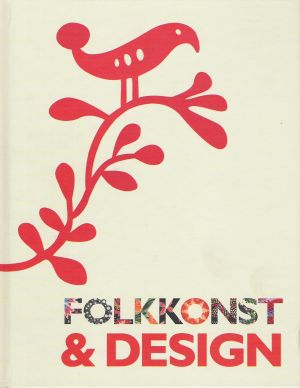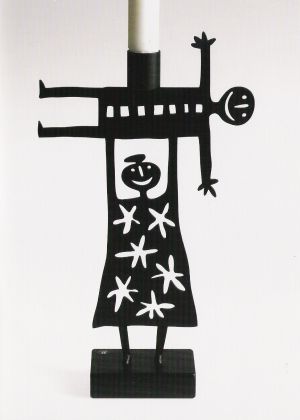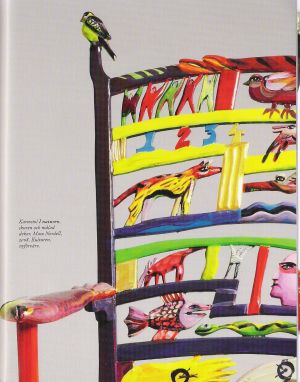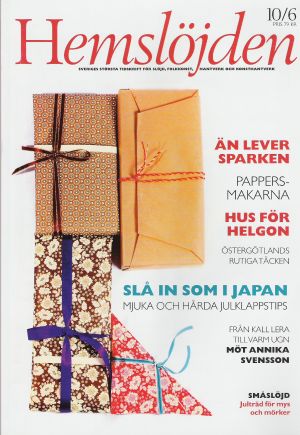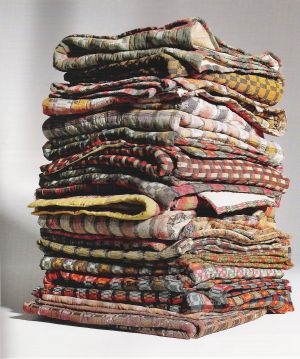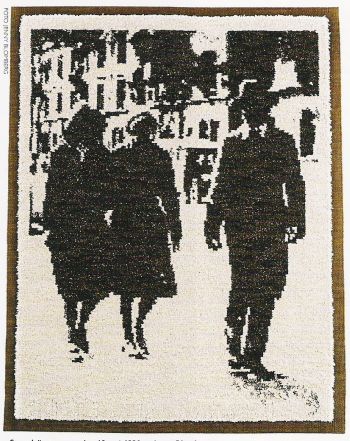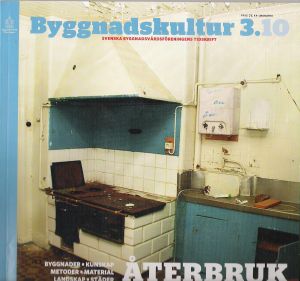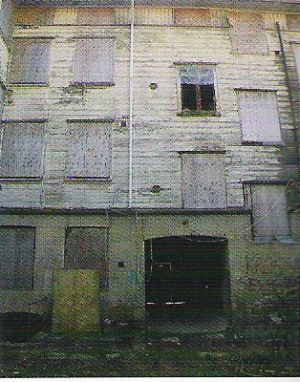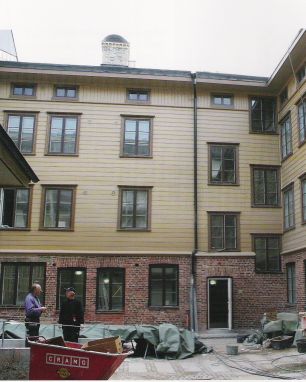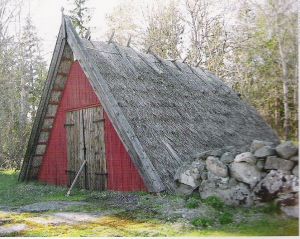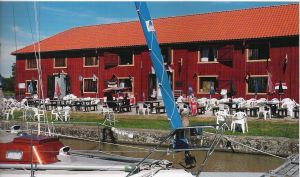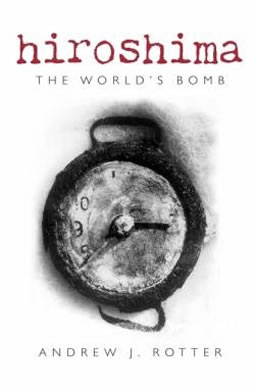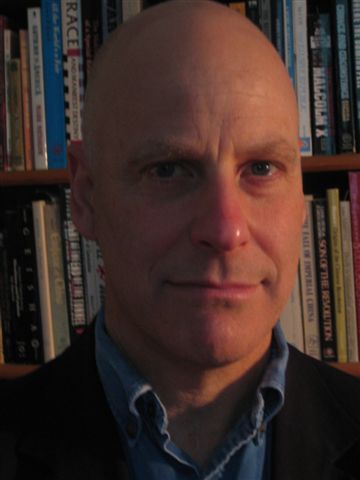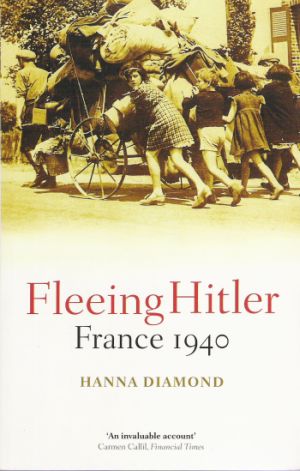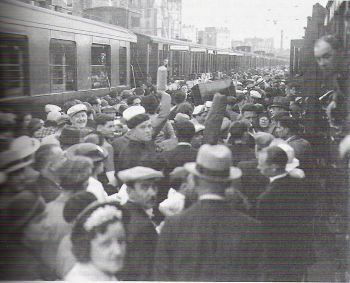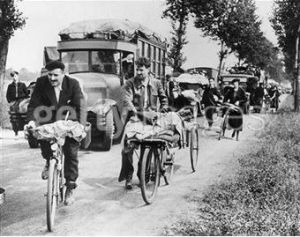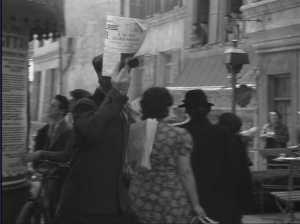Just read the study by Perlman on the attitudes towards surrender conditions in the war against the Japanese in WWII. He digs into what the term “unconditional surrender” might mean, and reports that it meant different things to different [US] stakeholders.
—*—
His report — “Unconditional Surrender, Demobilization, and the Atomic Bomb” — provides some information that one should keep in mind when looking at the government’s decisions in our days about engaging and getting out of ware-like involvements. Perlman’s focus is on what happened in the policy-making arenas, when the objectives for the war against Japan was made more concrete, and when the rules for ending hostilities were formulated.
Winner takes all … responsibility for management
One interesting insight is that even a major country on the winning side in hostilities has limits on what it can engage upon after shooting ends. Perlman states that decision made by the allies was that for Germany, they as winner would take on the entire management of the German homeland. This means that they had to create a huge administrative apparatus, populate it with suitably skilled persons, and then run this foreign country for an unstated number of years. The main burden of this work lay on the military branch, specifically the army.
It was apparently obvious that the military arms of the US did not want to be involved in a similar complete take-over of Japan. At least one reason was that it was difficult to find persons to populate such a completely covering bureaucracy. Some important factors (though they are not stated by Perlman) may be language and culture. But also a feeling that maybe it would be better to rule “by proxy”. So instead of taking over Japan, which would imply a massive amount of occupation forces, it would be much more advantageous to get the Japanese to do the administration, but along the lines of a political and policy framework drawn up by the US.
Surrender … on what terms?
Looking at the military situation in the period late 1944 until summer 1945, there was on the horizon a dreaded invasion of Japan mainland. From a military-political point of view, the optimal outcome would be for the Tokyo to surrender unconditionally before an American invasion was launched. This would preserve some order in the administrative system of Japan, and by command from top, that administration could then be the instrument for persistent pacification of Japan.
An alternative scenario was that no surrender was announced, the American invasion of Japan mainland would be launched, huge number of casualties would be seen, the American forces would have to fight for every yard of land, and at the end there would be nothing left of a useful societal administrative structure, and that would force the American Army to take complete responsibility for managing Japan.
This was a dilemma, that partly influenced the way “unconditional surrender” was explicated. Different parties took different stances here. Some were pragmatic, and said that “unconditional” meant “there will be conditions, but these will not be negotiable”; while others said that “unconditional” meant that the Japanese would have to surrender and have guarantees at all concerning what would happen.
This is where speaking with different voices was both a blessing and curse. A blessing because one could target different messages to different audiences, and thereby try to satisfy everybody, despite the fact that there was no consistently fully explicated policy about terms and conditions for surrender.
It was a curse, because some Japanese factions could — and did — interpret what they heard as a step-back from the kind of strict “unconditional surrender” that Germany had to accept. And that such a step-back was caused by lack of American determination, and a war weariness on the part of the American citizens. Hence, by not accepting “unconditional surrender”, the Japanese could at the end of the day get a better deal by emphasizing that they could only accept a cease-fire that would guarantee that some part of what they regarded as their empire would remain in their hands.
Johnny … wants to go home
Another complication was that when Germany surrendered, the American citizens in general experienced a general relief … the war was won, we can finally be at peace. The military branches were of course fully aware of the fact that hostilities were not over. In the Pacific theatre the Japanese were as yet undefeated.
But signing a cease-fire with Germany caused a general feeling of elation. In November 1918, a similar story unfolded. Immediately the mothers and fathers of the US raised their voices that their sons must come home. This despite the fact that the German Army was not fundamentally beaten, and there was still some uncertainty about what would happen in Germany. And the Congress raised the same demands.
Now much the same happened. To appease the citizenry and Congress, there started a program of sending home soldiers from Europe. This caused some of the units– that were designated to transfer to the Pacific arena — to effectively lose their ability to perform as a combat-proven unit. Many of the veteran soldiers were released and sent home. This had a bad impact on the resource plans for the invasion of Japan. Planned date had to be moved forward, in order to leave time for extensive training of new recruits.
A GI soldier often sees a different kind of war, compared what professional long-term high-ranking staff sees. A General typically has nothing to “go back to” after the war — the war is what makes sense to such a person. But GI Joe thinks otherwise — to be in uniform should only be for a short period, and then go “back home”.
Morale, an essential ingredient, was virtually spent in ETO [European Theater of Operations] divisions, including the elite airborne. General Maxwell Taylor tried “to stir up enthusiasm for new worlds to conquer” in the 101st, one of only two Army divisions to have won a Presidential Unit Citation. “We’ve licked the best that Hitler had in France and Holland and Germany. Now where do we want to go?” The heroes of Bastogne and Normandy all screamed: “Home.”
(Perlman, p. 19, quoting from Maxwell Taylor, Swords and Plowshares: A Memoir (New York: Norton, 1972), p. 110)
Soldiers on the shores of Japan … or dropping the Bomb?
This sensitivity of the home front to small positive signs is what ultimately may turn out to create a storm in Washington. And the politicians have to take this into account, and devise their policies and decision-making accordingly.
So this may be an additional reason for the decision to drop the atomic bomb on Japan.
If the American citizens were tired, they might object to surrender conditions that would put more American boys at danger in the field. I.e., they could — through their direct or indirect pressure on Washington — create a situation that would bring advantages to Japan.
So this is another argument that the war objectives for the Pacific might have left the Bomb as the only viable alternative left, for a president that wanted to be really elected for president (Truman was voted in as vice president, and only became president when Roosevelt died during his last term in the White House).
What does it mean? For us here and now?
The “home front” is important. And that is also what the American military arms have understood. So nowadays — in the era of Iraq and Afghanistan — they downplay the costs, and exaggerate the effects of their missions.
We do see how several European countries have started revising their plans for getting out of these UN/Nato controlled campaigns, based on eroding expectations about lasting positive effects of their work, and on concrete individual losses.
And this is also something that the other side has learnt. if they can cause casualties and deaths, then the countries from which these soldiers come from may ultimately pull out. Then it does not matter if the individual soldiers are kind of even non-combatants. The only important criterion is that persons from country X will be killed in the filed, in these far-away battlefields. Then ultimately these soldiers will be pulled out. And that will make it more difficult for the countries that still have their soldiers there.
Author
Dr. Michael D. Pearlman has worked at the Combined Arms Center, Fort Leavenworth, Kansas, since 1986 and has taught history for the Combat Studies Institute since 1989. He has a doctorate in history from the University of Illinois and a master’s degree from the University of Chicago. Aside from CSI, he has taught at the Universities of Illinois, Wisconsin, and Nebraska. His first book, To Make Democracy Safe for America, was published in 1984. This present study on World War II is part of a manuscript on policy in American wars from the colonial period to Desert Storm that Pearlman has just completed.
(from the back cover of the report)
Data
Michael D. Perlman: “Unconditional Surrender, Demobilization, and the Atomic Bomb“. Report, Combat Studies Institute, U.S. Army Command and General Staff College, Fort Leavenworth, Kansas, US. 1996.
On the Web at DTIC.mil (PDF) (visited April 10, 2011)

